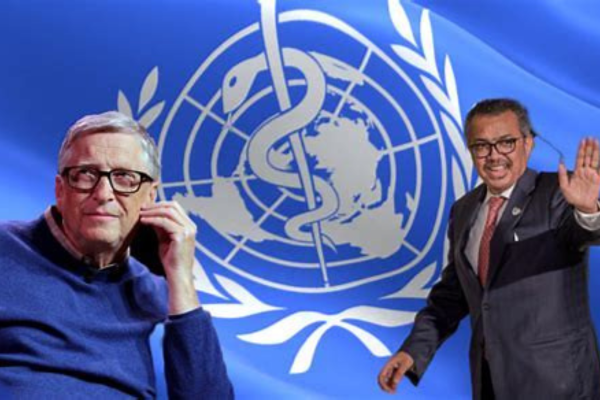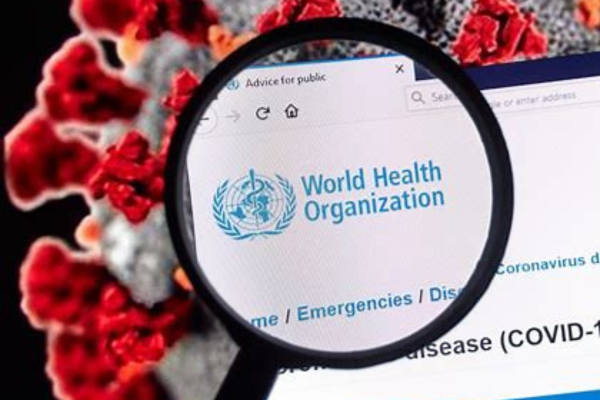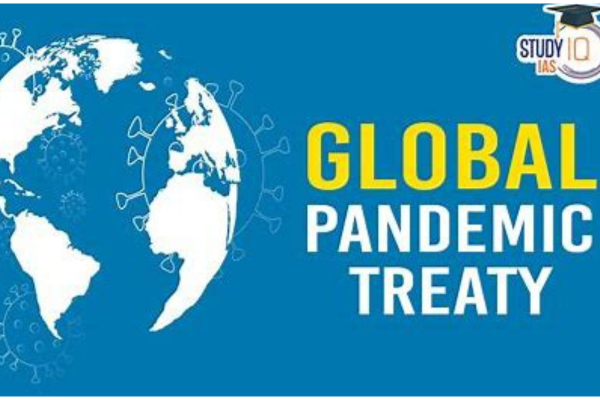Introduction
The Pandemic Treaty 2025 is a proposed international agreement led by the World Health Organization (WHO) to establish a unified global response to future pandemics. While many countries support the treaty, others have resisted, leading to a divide between signatory and non-signatory nations.
This article provides an in-depth examination of the Pandemic Treaty 2025, its objectives, key provisions, supporting and opposing countries, and the negative implications it may have on global governance, individual freedoms, and economic stability.
Table of Contents
Background of the Pandemic Treaty 2025
Origins and Motivation

The COVID-19 pandemic exposed critical weaknesses in global health systems, including:
- Delayed international coordination
- Unequal vaccine distribution
- Fragmented public health policies
In response, the WHO initiated discussions on a legally binding treaty to ensure a more coordinated and equitable response to future outbreaks.
Key Players and Timeline
- 2021: WHO member states agree to draft a pandemic treaty
- 2023: Negotiations intensify, with input from governments, NGOs, and private sector stakeholders
- 2024-2025: Final discussions and expected adoption at the World Health Assembly
Key Provisions of the Pandemic Treaty 2025

1. Global Surveillance and Data Sharing
Countries will be required to:
- Report outbreaks in real-time
- Share genetic sequencing data of pathogens
- Allow WHO-led investigations within their territories
2. Equitable Access to Medical Resources
The treaty proposes:
- A global stockpile of vaccines and treatments
- Waivers on intellectual property (IP) rights during emergencies
- Mandatory technology transfer to low-income countries
3. Standardized Public Health Measures
The WHO may recommend (or enforce) measures such as:
- Lockdowns
- Travel restrictions
- Mandatory vaccinations
4. Funding Mechanisms
The treaty suggests:
- A global pandemic fund financed by wealthy nations
- Mandatory contributions from member states
Signed vs. Non-Signed Countries
Countries Supporting and Signing the Treaty
Many nations, particularly in Europe and Africa, have expressed strong support for the treaty, including:
European Union (EU) Members
- Germany – Advocates for stronger global health governance
- France – Supports vaccine equity and data-sharing
- Italy – Backs WHO-led pandemic response mechanisms
Other Supportive Nations
- South Africa – Pushes for fair access to medicines
- Canada – Supports funding mechanisms for pandemic preparedness
- Australia – Endorses standardized global health measures
Why These Countries Support the Treaty
- Desire for better global coordination after COVID-19 failures
- Interest in securing medical supplies for future outbreaks
- Belief in multilateralism over unilateral actions
Countries Opposing or Refusing to Sign

Several nations have reservations or outright opposition to the treaty, including:
United States
- Concerns over loss of sovereignty in public health decisions
- Fears of WHO overreach in imposing restrictions
- Political divisions between Democrats (supportive) and Republicans (opposed)
United Kingdom
- Post-Brexit skepticism of global agreements
- Worries about mandatory financial contributions
Brazil
- Nationalist government opposes external interference
- Prefers domestic control over health policies
India
- Concerns about forced IP waivers harming pharmaceutical innovation
- Wants flexibility in handling outbreaks
Russia & China
- Geopolitical tensions with Western-led initiatives
- Prefer bilateral agreements over WHO mandates
Why These Countries Oppose the Treaty
- Fear of surrendering national sovereignty
- Distrust in WHO’s neutrality and effectiveness
- Resistance to mandatory funding and regulations
Negative Effects of the Pandemic Treaty 2025

1. Erosion of National Sovereignty
- Countries may lose autonomy in deciding their own public health policies.
- The WHO could override national governments in declaring emergencies.
2. Economic Consequences
- Lockdowns and travel bans could lead to:
- Business closures
- Job losses
- Supply chain disruptions
- Mandatory funding contributions could strain national budgets.
3. Threats to Personal Freedoms
- Mandatory vaccinations could become a global standard.
- Digital health passports may increase surveillance.
4. Pharmaceutical Industry Disruption
- Forced IP waivers could reduce investment in medical research.
5. Unequal Power Dynamics
- Wealthy nations may dominate decision-making.
- The treaty could be used as a political tool against non-compliant nations.
Controversies and Opposition
1. Lack of Transparency
Critics argue that negotiations have been non-inclusive, with limited public scrutiny.
2. Legal and Constitutional Conflicts
Some nations may face challenges implementing treaty obligations that conflict with domestic laws.
3. Risk of Authoritarian Overreach
- Governments could abuse emergency powers.
- Civil liberties may be permanently eroded.
Conclusion: A Divided Global Response
The Pandemic Treaty 2025 has created a clear divide between supporters and opponents. While many nations see it as a necessary step for global health security, others fear loss of sovereignty, economic harm, and threats to freedom.
The success of the treaty will depend on:
- Balancing global coordination with national autonomy
- Ensuring transparency and fairness in negotiations
- Addressing concerns of non-signatory countries
As the world moves closer to finalizing the agreement, vigilance and public debate will be crucial in shaping a treaty that truly serves humanity—without compromising freedom and prosperity.

